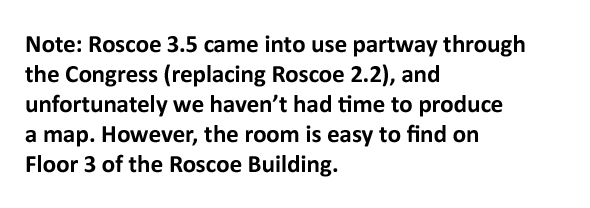
|
iCHSTM 2013 Programme • Version 5.3.6, 27 July 2013 • ONLINE (includes late changes)
Index | Paper sessions timetable | Lunch and evening timetable | Main site |

|
iCHSTM 2013 Programme • Version 5.3.6, 27 July 2013 • ONLINE (includes late changes)
Index | Paper sessions timetable | Lunch and evening timetable | Main site |
This symposium will focus on the comparison between the Greek and the Chinese traditions of ancient astronomy. Ancient astronomy basically consisted of observations of the celestial phenomena and the mathematical techniques applied to compute celestial motions. The Greek astronomy arose from Babylonian antecedents and was developed into a tradition characteristic of geometrical models, culminating in Ptolemy’s almagest. The Chinese might independently developed an arithmetical tradition of astronomical computation. The two traditions had encountered through various ways in pre-modern times, but still maintained their own characters. Both traditions had their own assumptions on cosmology, ways of observations, and systems of mathematical techniques. The comparative perspectives on cosmos, measurement, and computation in the two astronomical traditions will not only deepen our understanding of both, but also throw light on transmission of astronomical knowledge in ancient world.

